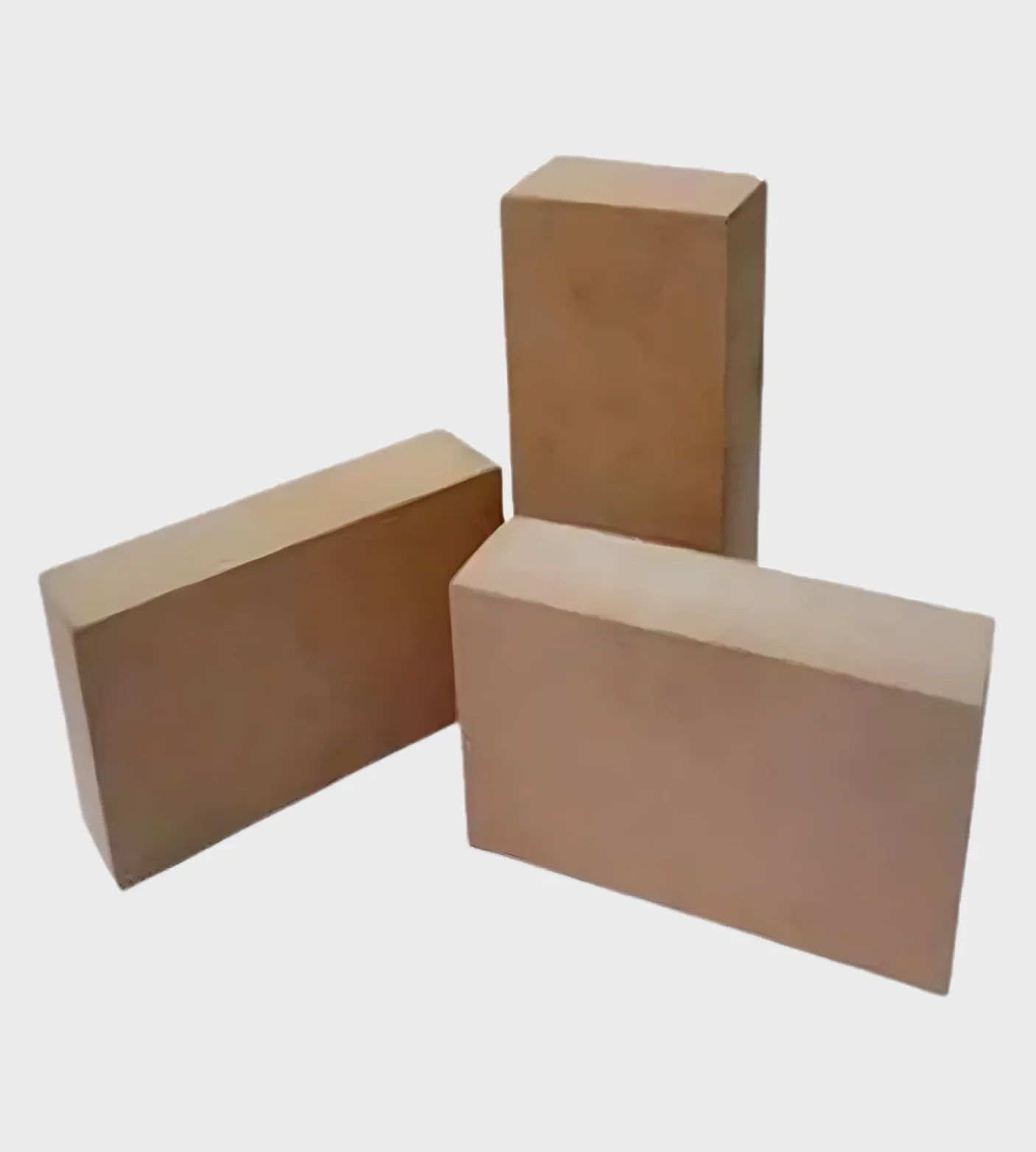Fire Bricks

Fire Bricks
Bricks, also known as refractory bricks, are characterised by their ability to withstand high temperatures. They are primarily composed of silica and alumina, with varying percentages depending on the type and application. Common dimensions are 9″ x 4.5″ x 2.5″ or 9″ x 4.5″ x 3″, but they can also come in “split” or half-thickness for specific applications.
Here’s a more detailed breakdown of fire brick specifications:
Chemical Composition:
Silica (SiO2): Typically ranges from 60% to 96%.
Alumina (Al2O3): Ranges from 2% to 36%, with higher percentages indicating high-alumina fire bricks.
Other elements: Include lime, magnesium, iron oxide, and alkalis, typically in small percentages (2-5%).
Physical Properties:
Temperature Resistance: Fire bricks can withstand temperatures up to 2100°C (3600°F).
Dimensions: Standard fire bricks are typically 9″ x 4.5″ x 2.5″ or 9″ x 4.5″ x 3″.
Density: Approximately 150 lbs per cubic foot.
Texture: Generally smoother than common brick.
Colour: Can range from yellowish to gray to red or orange.
Specific Types:
Clay bricks:
Made from fire clay, containing alumina and silica.
High alumina bricks:
Contain a higher percentage of alumina (e.g., 70% or more) and offer enhanced thermal shock resistance and high-temperature stability.
